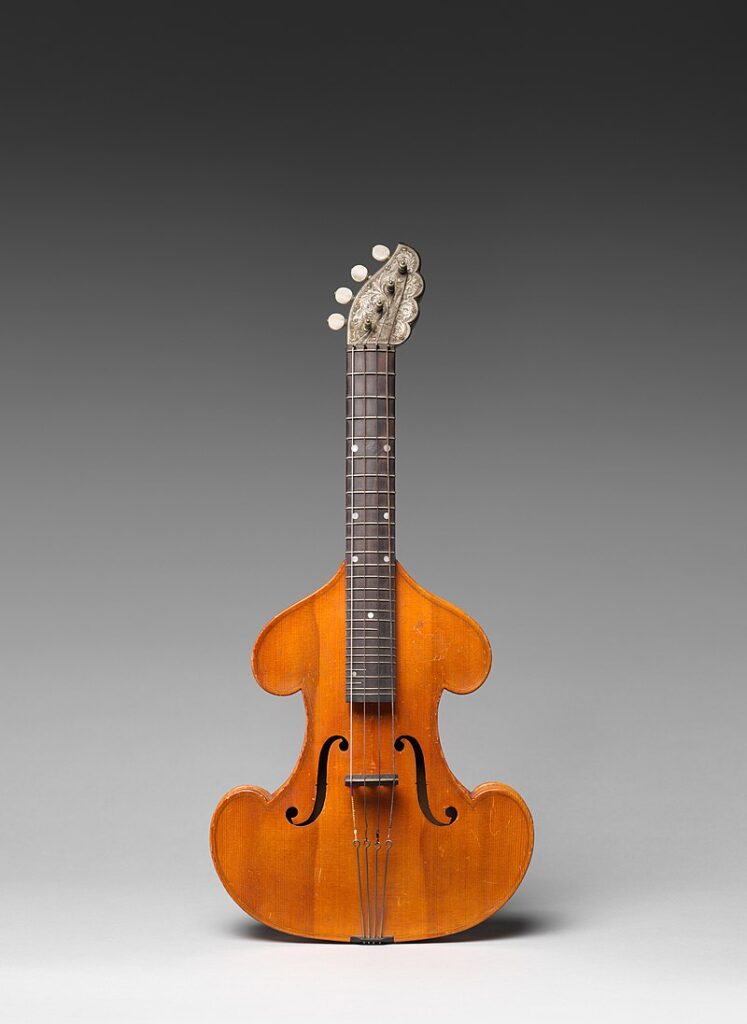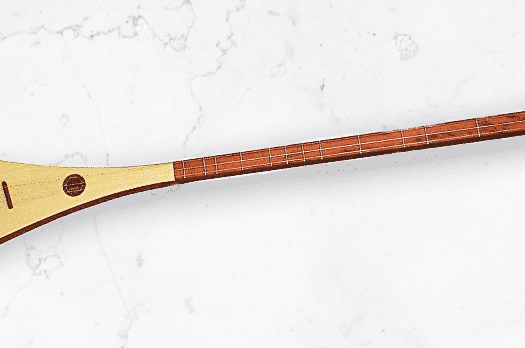The dulcimer and the zither are both stringed musical instruments that belong to the broader family of chordophones. While they share some similarities, they have distinct characteristics and origins that set them apart. In this article, we explore the similarities and differences between the dulcimer vs zither.
Origins and History
When comparing the dulcimer vs zither, let’s first start off with their history.
The dulcimer has a rich history that can be traced back to ancient civilizations, particularly in the Middle East and Persia. It has different variations and names across various cultures, such as the hammered dulcimer, mountain dulcimer, and santoor. The dulcimer has been used in traditional folk music and has evolved and adapted to different musical styles and regions.
The zither, on the other hand, has a broader history and can be found in various forms across different cultures and continents. It is believed to have originated in ancient Asia and has been used in traditional music across Europe, Asia, and the Americas. The zither’s design and playing techniques can vary significantly depending on the specific cultural context.

Construction
When comparing the construction of the dulcimer vs zither, their are many differences.
The dulcimer typically consists of a trapezoidal or hourglass-shaped soundboard made of wood. It features multiple strings that are usually arranged in courses or pairs. In the hammered dulcimer, the strings are struck with small hammers or mallets, while in other variations, such as the mountain dulcimer, the strings are plucked or strummed with the fingers or a pick.
The zither, on the other hand, has a flat or slightly curved soundboard with strings that extend across the entire length of the instrument. The strings are usually plucked or strummed with the fingers or a pick. The zither can have a varying number of strings, and the tuning and arrangement of strings can vary depending on the specific type of zither.

Source: Wikipedia
Playing Technique
When in comes to the dulcimer vs zither, both share similarities when it comes to playing technique.
Playing the dulcimer involves striking or plucking the strings to produce sound. In the hammered dulcimer, the player uses small hammers or mallets to strike the strings, while in other dulcimer variations, the strings are plucked or strummed with the fingers or a pick. The dulcimer allows for both melodic playing and chordal accompaniment.
The zither is primarily played by plucking or strumming the strings with the fingers or a pick. The player can produce both melodic lines and chordal accompaniment by pressing the strings against the frets or other guides on the instrument. The zither’s playing technique allows for intricate melodies and harmonies.
Read more >> Best Psalteries Reviewed for 2024
Musical Styles and Repertoire
In terms of musical style and repertoire, there are distinct differences when comparing the dulcimer vs zither.
The dulcimer is commonly associated with folk and traditional music, particularly in the Appalachian region of the United States. It has a distinctive sound that lends itself well to playing traditional tunes and creating a melodic and rhythmic foundation. The dulcimer has also been adapted to contemporary genres, including folk-rock and world music.
The zither has a diverse range of musical styles and repertoire associated with it. It has been used in classical music compositions, traditional folk music, and even popular music genres. The specific style and repertoire vary depending on the cultural context, such as the European zither tradition, the Chinese guzheng, or the Latin American charango.
Summary
When comparing the dulcimer vs. zither, it should be noted that a dulcimer is a type of zither.
While both the dulcimer and the zither are stringed instruments, they differ in terms of origin, construction, playing technique, and musical repertoire. The dulcimer is known for its variations and adaptability in folk and traditional music. The zither, however, has a broader history and can be found in diverse musical contexts across the globe.




